How to grow dill – for fabulous flavor in the kitchen
Find out how to grow dill and add the freshest of herbs to recipes
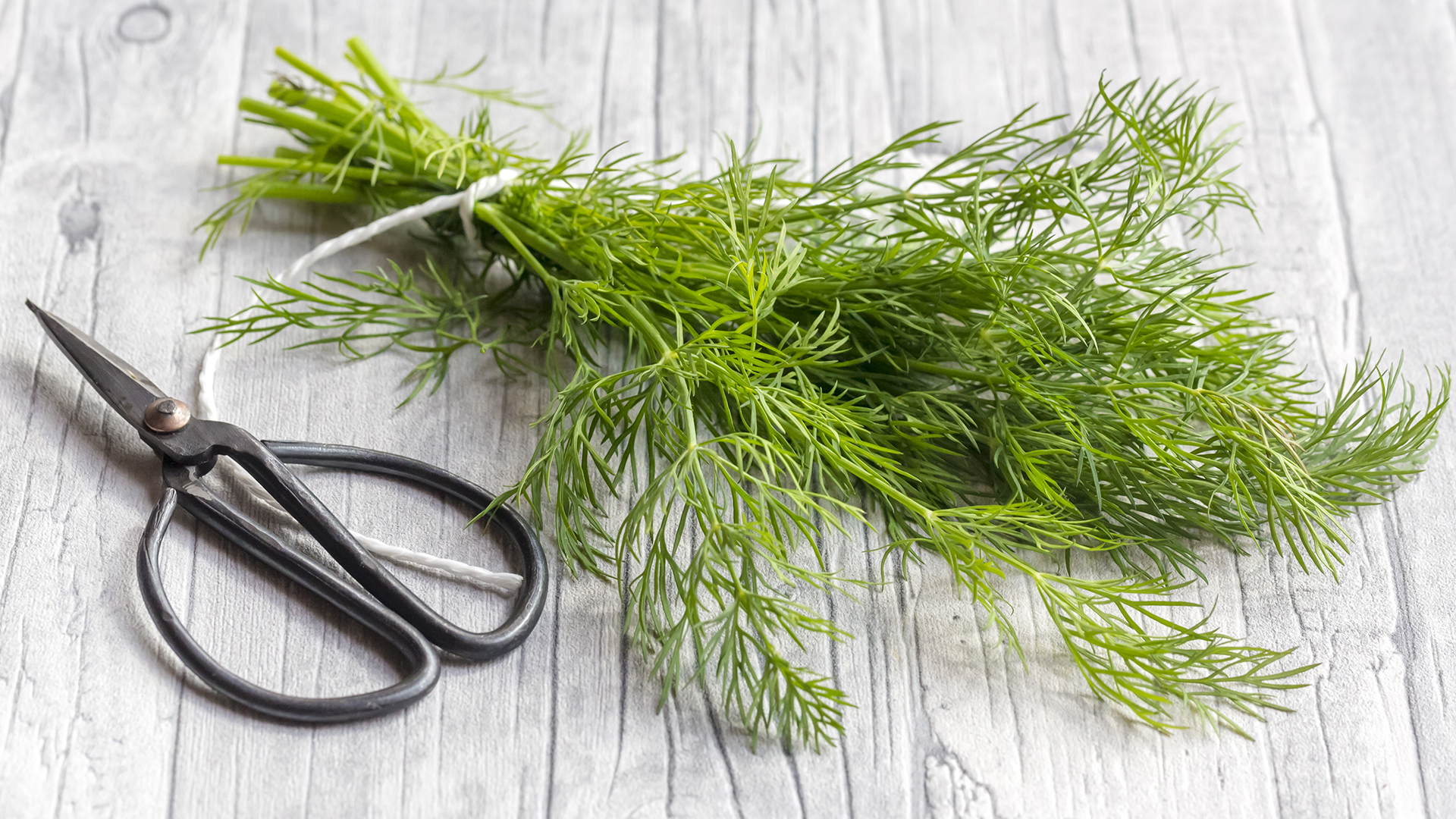
Wondering how to grow dill successfully? After all, to create the tastiest of dishes, just-picked herbs are a must.
Dill (Anethum graveolens) is a great choice as part of kitchen garden ideas, but it’s also a herb those with small yards or none at all can cultivate because it can also be grown in containers both outdoors and indoors.
Grown outside, dill attracts bees and other wildlife, benefiting nature as well as bringing superior flavor to your cookery, and this is what you need to know about growing dill.
How to grow dill
Dill, also known as dill weed, was traditionally grown as a medicinal herb, used as a remedy for coughs, headaches and, as TV gardening guru Monty Don writes in his blog, ‘as medicine for easing flatulence’. But dill is more often used in the kitchen these days, and the seeds, leaves, and even the pretty flowers are edible.
Dill is reputed to be tricky to grow, but if you pay attention to its preferred growing conditions you can grow dill easily and successfully from seed, while it is also possible to grow dill from cuttings. Whether you grow dill in the yard, or in indoor or outdoor pots, our guide has the details you need on how to grow dill.
How to grow dill from seed
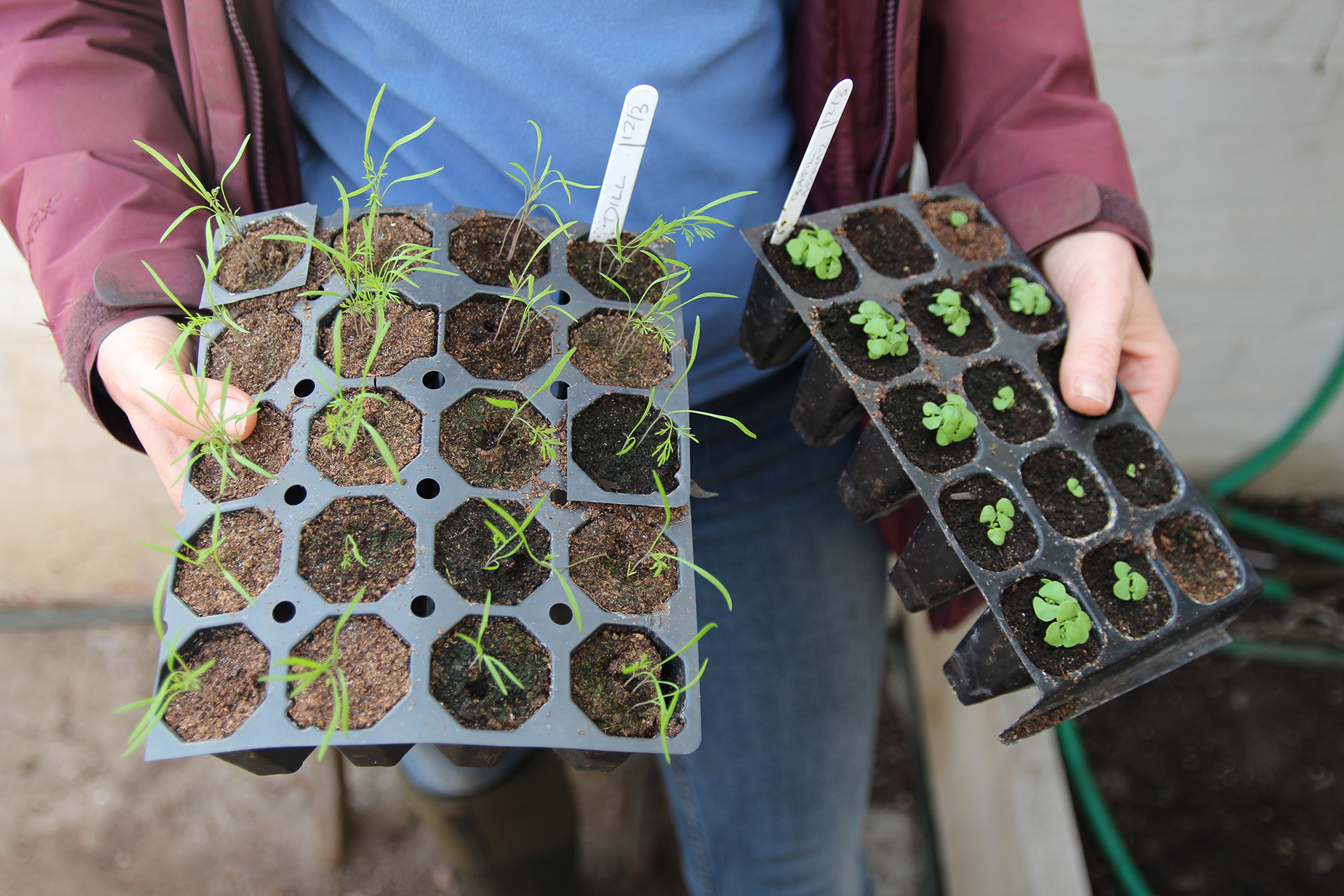
You can sow dill seeds indoors from early spring, or directly outside from May to July. To grow dill inside, either use cell trays for individual seeds, or scatter a few seeds thinly in small pots. To transfer indoor-sown dill outside, harden them off for a week to 10 days, once the frosts are over. Plant out allowing 12in (30cm) in between plants.
Don McCulley of Swallow Tail Garden Seedssays you should do your first indoor sowing of dill seeds 'in cell packs or flats, six to eight weeks before the last frost. Keeping the seeds at 60 to 65°F (16 to 18°C). They should germinate in 14 to 21 days.'
In mild climates, McCulley advises planting dill in full sun, but for hotter areas choose a sunny or part shady spot.
He advocates succession planting and says, 'For a steady supply of fresh dill leaves throughout the season, plant in early spring, again in June, and once more in July.'
How to care for dill in the vegetable garden
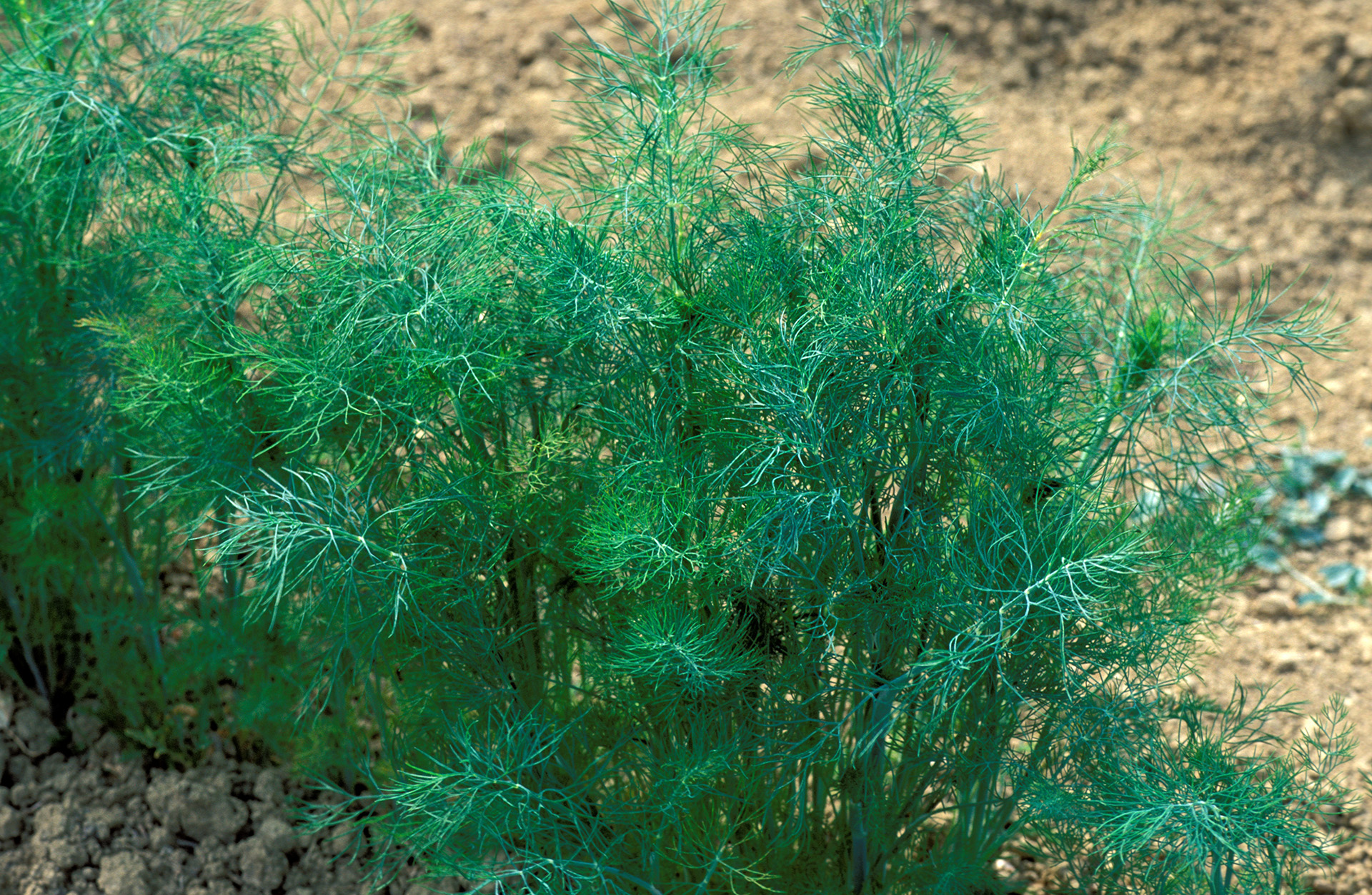
When planning a kitchen garden, be mindful that dill thrives in a sunny, sheltered spot and likes fertile, well-drained soil. It requires regular watering, especially in hot weather – digging in garden compost or well-rotted manure to the earth will help to retain moisture. Be careful not to overwater, however, as the plants won’t thrive if they’re in waterlogged compost.
Monty Don says, 'Dill is best grown outside in the open air and sunshine, but will do well in a deep pot.'
He adds, 'Sow a line of seed in the ground and it will grow fast to provide leaves, flowers and seed for cooking.'
How to grow dill in containers
If you like the idea of growing dill in containers, sow the seeds in large pots (1 to 2ft (30 to 60cm) in depth) in peat-free multipurpose compost.
The temperature should be above 60ºF (15ºC) so keep the pots indoors on a sunny windowsill as necessary during early spring. When the seedlings are around 3in (8cm) tall, they should be thinned out to 4in (10cm) apart.
Water regularly, as with dill grown in the vegetable garden, ensuring the compost doesn’t dry out but also making sure it doesn’t become waterlogged.
If you’ve chosen to grow dill in containers inside your home, a position by a south or west-facing window is best.
How to prolong the life of dill plants
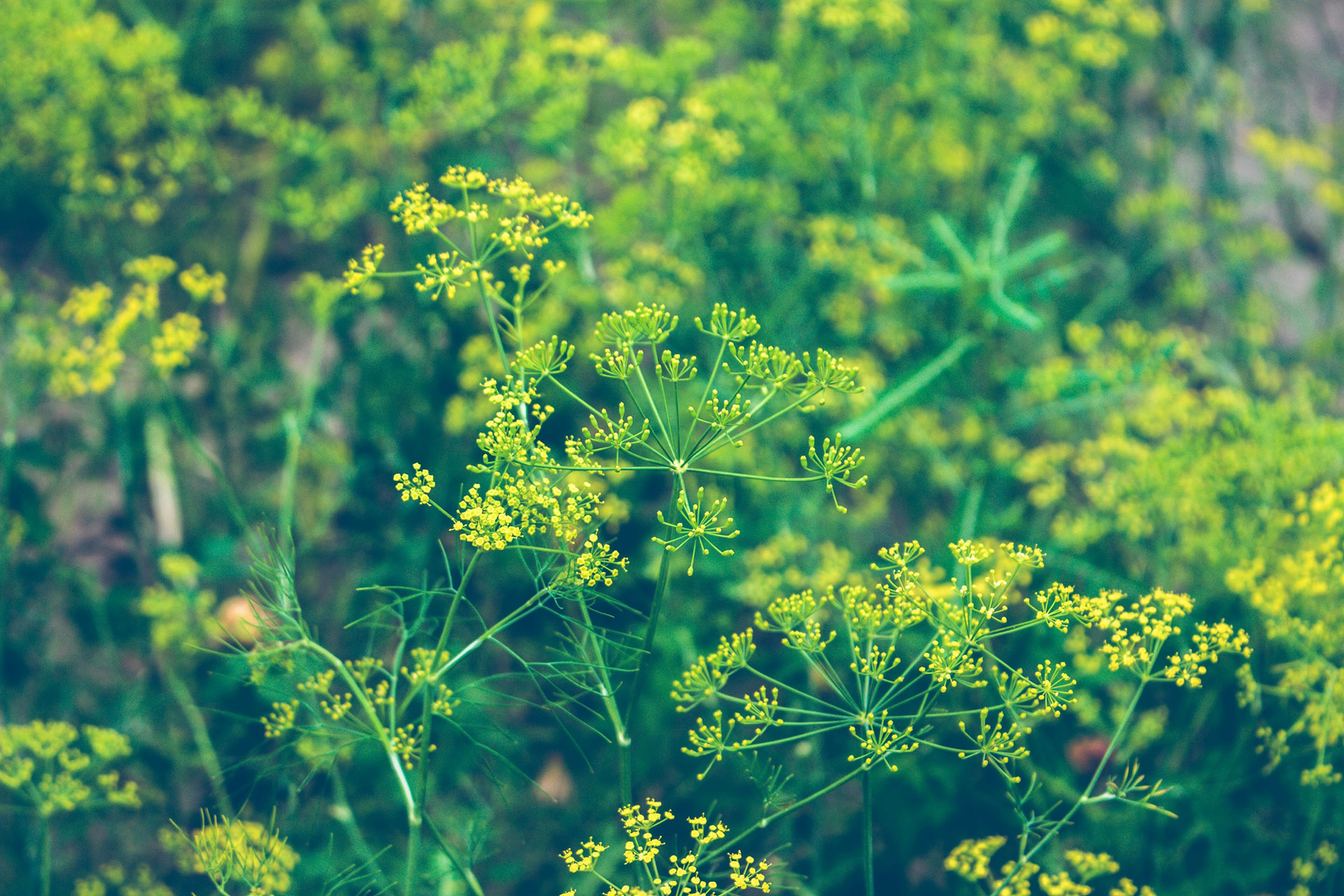
You can prolong the life of your dill plants, and encourage a more bushy habit by pinching out flower shoots. Taller varieties may need support from canes if they’re in an exposed part of the garden.
If you’ve added compost or manure to the plot you shouldn’t need to feed dill, but you could use a liquid multipurpose plant food occasionally if you wish.
How to harvest dill
Cut the leaves of dill as you need to during both spring and summer. This will keep the plants growing well and hold off flowers.
Bear in mind that if there are more than enough leaves for using fresh, both freezing and drying are great alternatives, making the very most of the harvest.
Hang up the harvested dill in the dark in a well-ventilated space to dry the leaves. Keep them there for a few weeks then, once they’re completely dried, take the leaves from the stems. An air-tight container will keep them ready for use.
If freezing dill, freeze the stems, then clip off the leaves as required.
As for the flowers, simply gather these from the plants and add them to salads.
When it comes to dill seeds, wait until late summer when they turn brown. Cut stems from the plant and put them, seedheads down, into a paper bag, then hang the bag to allow the seeds to drop into it. As with the leaves, store seeds in an air-tight container.
Does dill come back every year?
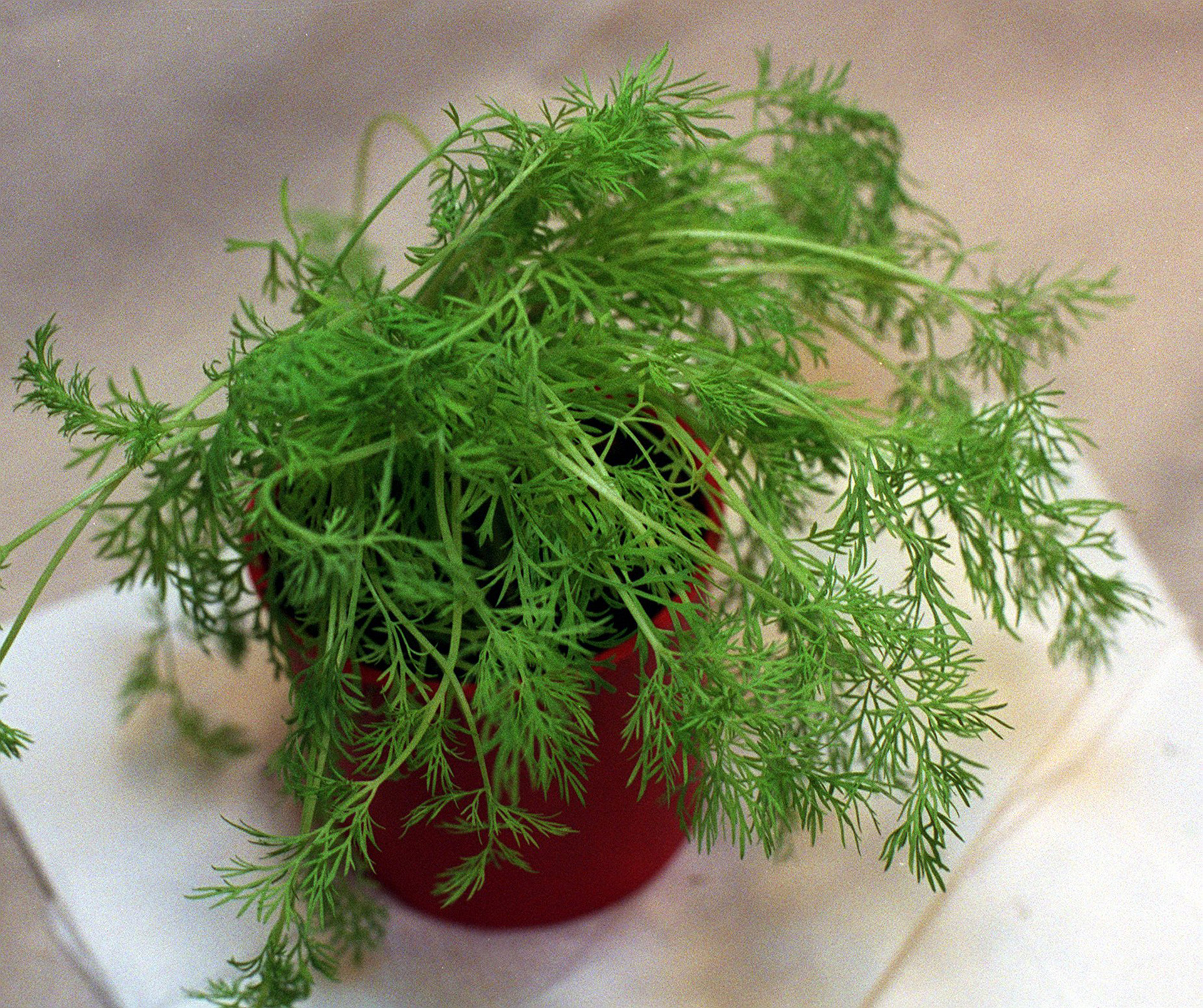
Dill is a biennial plant, and so dies right back to the ground in winter, reappearing in the spring. However, harsh winters can kill the plant altogether. Of course, if you grow dill indoors in a container you can keep it going all year round.
How do you grow dill successfully?
Dill is easy to grow but there are a few things to look out for. Dill does have a tendency to bolt and flower if the plant dries out or its roots are disturbed, so water it well to avoid this.
As well as attracting bees and wildlife, tender dill shoots draw in greenfly. You can get rid of them by spraying with a gentle jet of water, or squashing them with your fingers. Alternatively you can wait for nature to take its course – hoverflies love dill plants and hoverfly larvae love greenfly, so they might just take care of the problem for you.
Monty Don agrees, saying: 'Dill is important for the organic gardener as it draws hoverflies, whose larvae eat aphids.'
Sign up to the Homes & Gardens newsletter
Design expertise in your inbox – from inspiring decorating ideas and beautiful celebrity homes to practical gardening advice and shopping round-ups.
Karen sources beautiful homes to feature on the Homes & Gardens website. She loves visiting historic houses in particular and working with photographers to capture all shapes and sizes of properties. Karen began her career as a sub-editor at Hi-Fi News and Record Review magazine. Her move to women’s magazines came soon after, in the shape of Living magazine, which covered cookery, fashion, beauty, homes and gardening. From Living Karen moved to Ideal Home magazine, where as deputy chief sub, then chief sub, she started to really take an interest in properties, architecture, interior design and gardening.
-
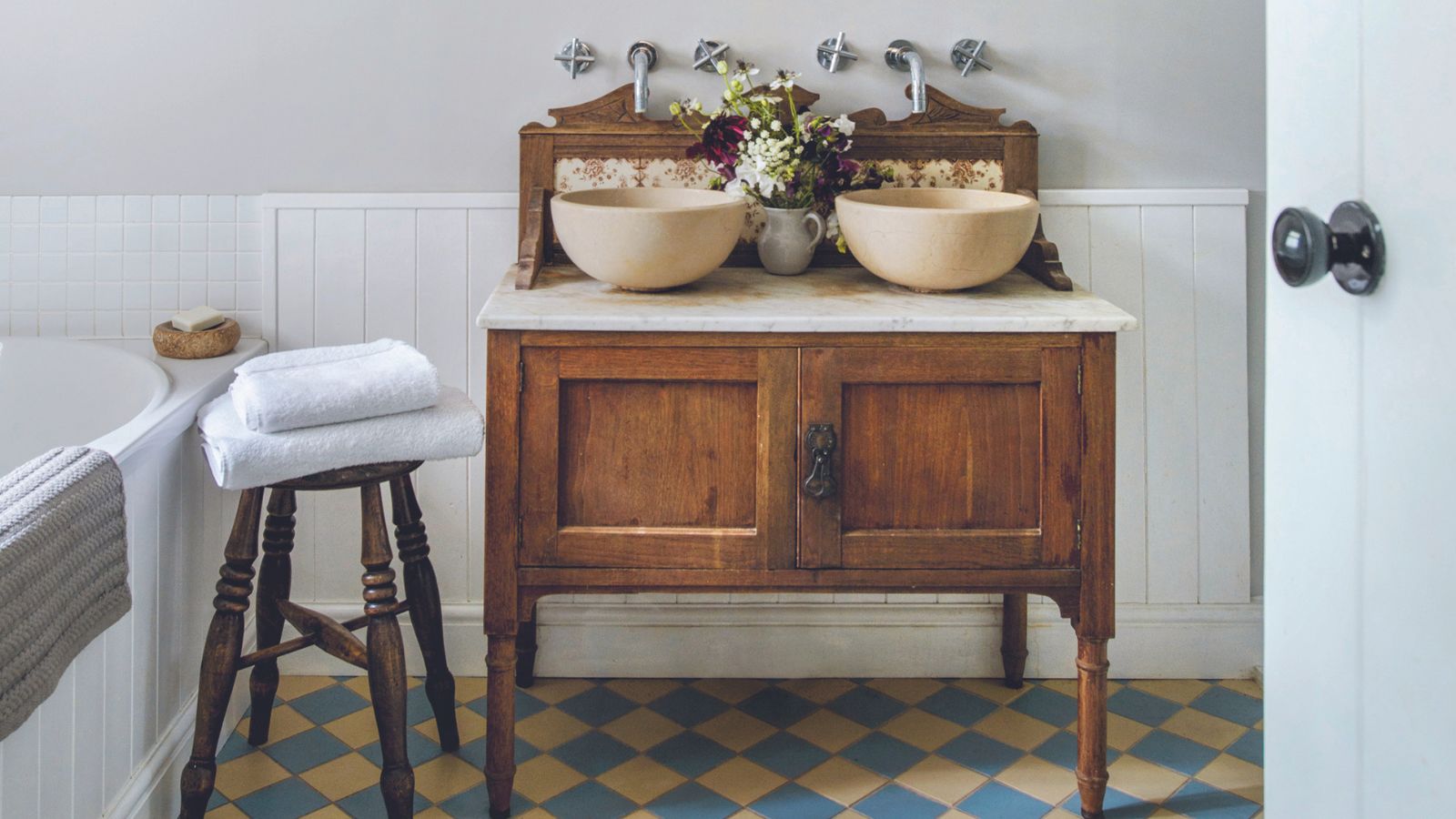 I'm 5ft2 and this telescopic scrubber safely and easily banished mold and grime in even the hardest-to-reach areas of my bathroom in less than 15 minutes
I'm 5ft2 and this telescopic scrubber safely and easily banished mold and grime in even the hardest-to-reach areas of my bathroom in less than 15 minutesMy bathroom has never looked better thanks to this handy $16 two-in-one tool from Joseph Joseph
By Ottilie Blackhall Published
-
 Everyone is obsessed with vintage tiles right now – bring the nostalgic charm of this classic design feature into your home with our 5 design ideas
Everyone is obsessed with vintage tiles right now – bring the nostalgic charm of this classic design feature into your home with our 5 design ideasHonor the past with our favorite ways to decorate with vintage tiles, as suggested by interior design experts
By Eleanor Richardson Published